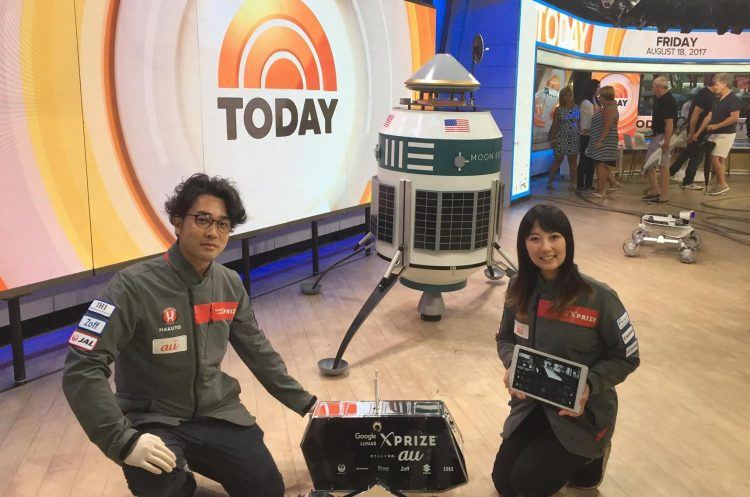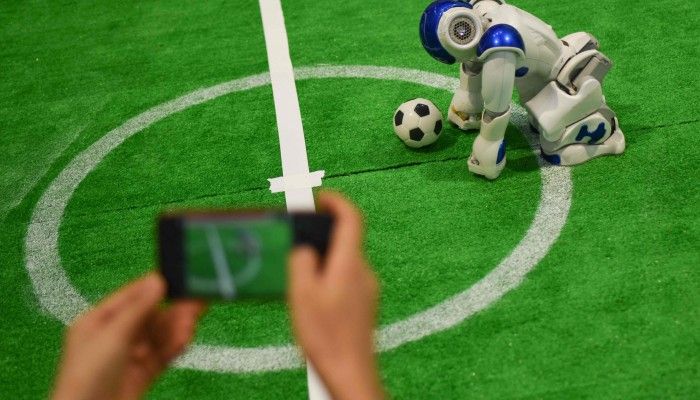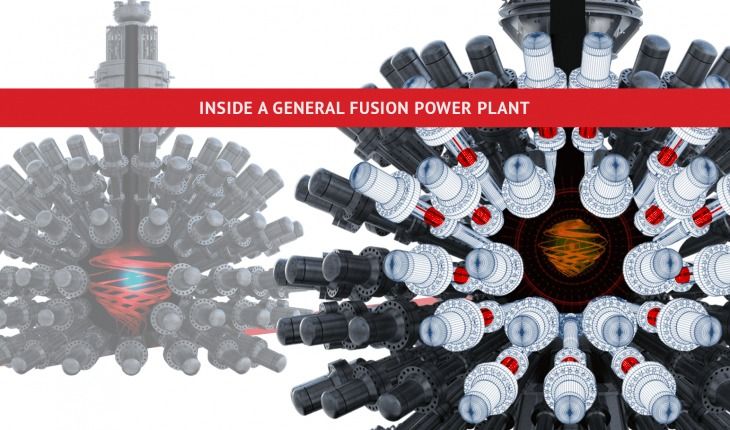Satellite Constellations to Bring Global Internet Coverage (SpaceX, OneWeb, Boeing,…):
In this video, we’ll be discussing global internet connectivity initiatives based in space, more specifically – low and mid-Earth orbit through the use of satellite constellations.
[0:35–2:30] Starting off we’ll discuss how these satellites will communicate with the ground and the internet providing satellites from Iridium and ViaSat, that act as a proof of concept and validate satellites as a means for internet connectivity.
[2:30–5:50] Following that we’ll take a look at, current satellite constellations in development from SpaceX, OneWeb, Boeing, and others.
[5:50–07:40] To conclude we’ll discuss, the manufacturing and economics of these satellite constellations.






